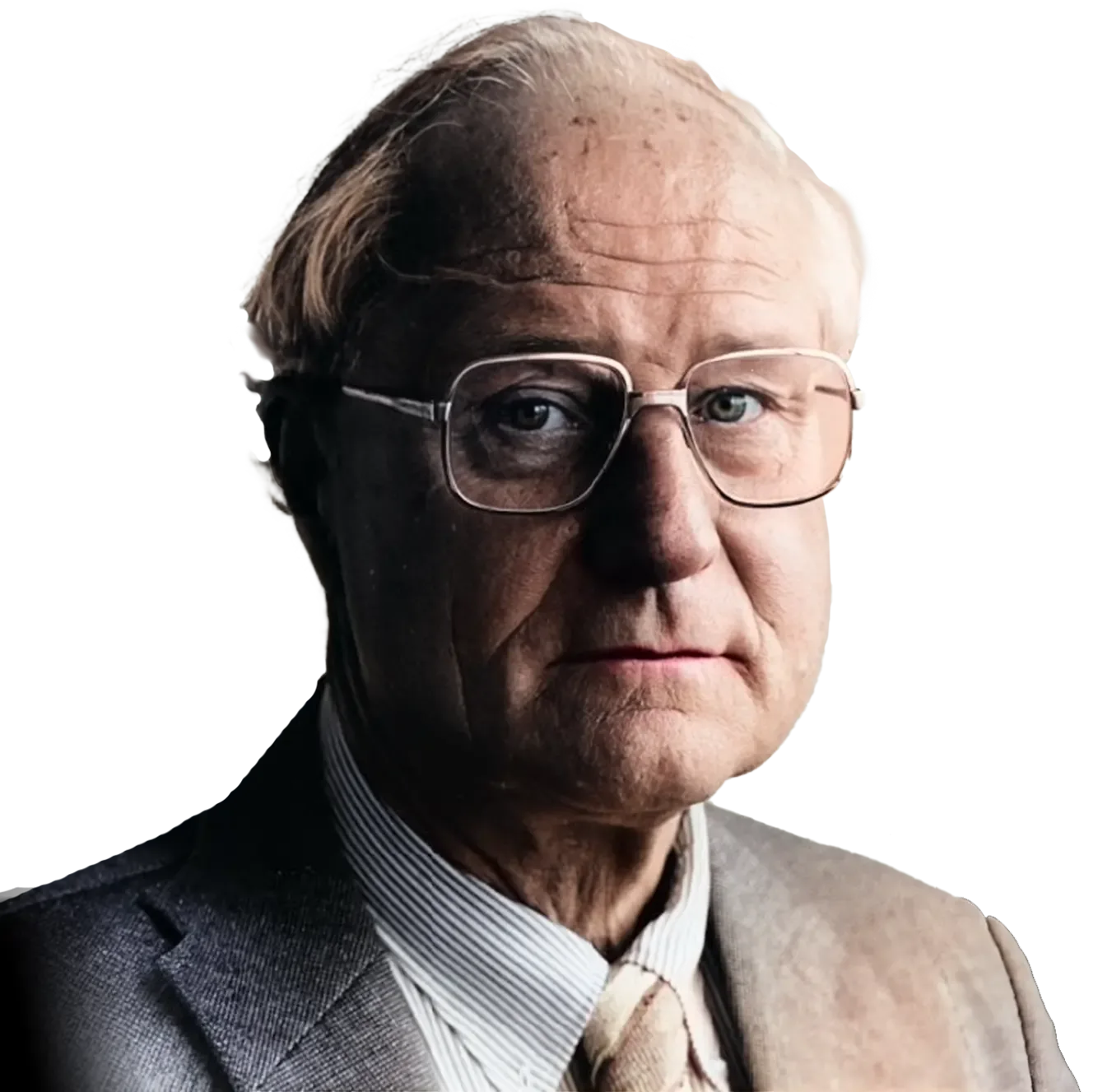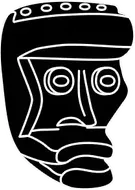Until this time, non-Western art was primarily seen as the product of an - often small - indigenous group. Using fieldwork, photography and film material, Adriaan Alexander Gerbrands, affiliated with the National Museum of Ethnology in Leiden, performed stylistic analyses of indigenous art. Since then, the use of film and photography has become fully integrated as a research method in cultural anthropology worldwide.
National Museum of Ethnology
Adriaan Alexander Gerbrands was born in 1917 in Menado, in the then Dutch East Indies. He came to Leiden to study Indology with the intention of returning to the Dutch East Indies. However, when he graduated in 1941 the war had made his return impossible.
Gerbrands therefore began to work at the National Museum of Ethnology where he was responsible for the Africa and America collection. In 1956 he defended his PhD dissertation, entitled Art as a cultural element in Africa.
Asmat Papuas
Gerbrands had his most productive period from 1960 to 1970. On the basis of fieldwork conducted among the Asmat Papuas, he produced his famous film Matjemos, about an individual wood carver, and he published the book Wow-ipits about Asmat art. Through this work he demonstrated that in non-Western art, too, the individual artist matters.
Commissioned by the museum, he collected hundreds of artefacts that can be admired to this day. His exceptionally comprehensive photographic documentation is a treasure trove of Asmat art. This artistic tradition was under great pressure at the time, but has luckily made a come-back in recent years. Part of Gerbrands’ collection has been included in the museum’s permanent exhibition.
Professor
In 1966 Gerbrands was appointed Professor of Cultural Anthropology. The emphasis of his research lay on material culture. After his appointment, he retained his close links with the museum. Gerbrands continued to take his students to the exhibitions and he used the museum’s artefacts to demonstrate to them ‘the language of objects’.
In the following years, the specialisation in visual anthropology was included as a fixed component in the programme of the Institute for Cultural Anthropology, where it continues to be offered to this day. This specialisation is also open to students of the programme in Cultural Anthropology. In a later phase of his career, Gerbrands worked on improving ethnographic museums in Indonesia. He died in Leiden in 1997. Every year, his work and its international significance are commemorated by the Leiden Fund for Ethnology in the Gerbrands lecture.

